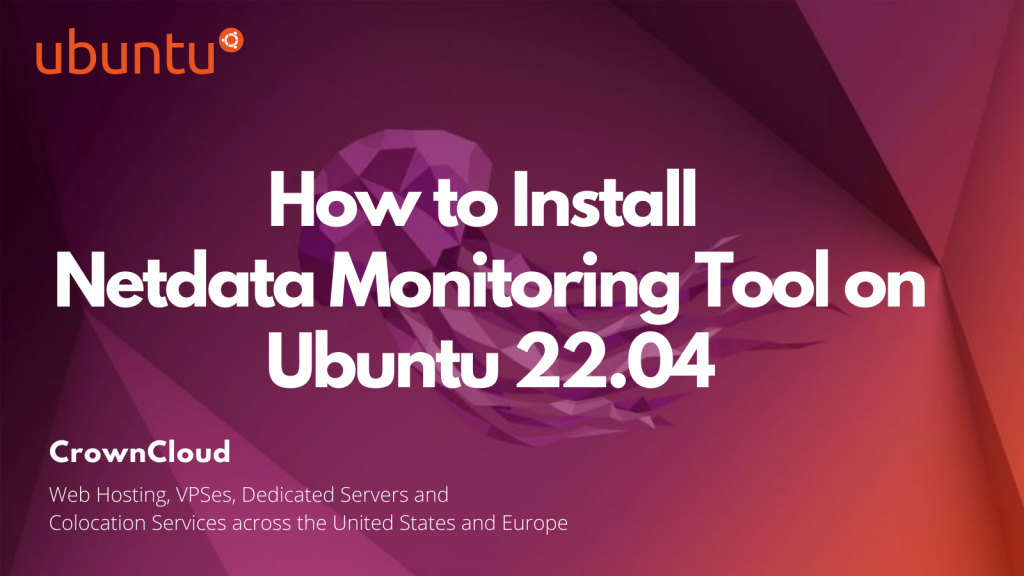Hello,
In this week’s feature highlight, we look at How To Install Netdata on Ubuntu 22.04

Netdata is an Open Source real time server monitoring tool. It collects real time data like CPU usage, RAM usage, Load, SWAP usage, Bandwidth usage, Disk usage etc.
Update the Server
Let us update the server using the following command,
apt update -y
apt upgrade -yDownload Netdata Package
Install Netdata on the server using below command.
apt install netdata -yThe -y option … Read More




